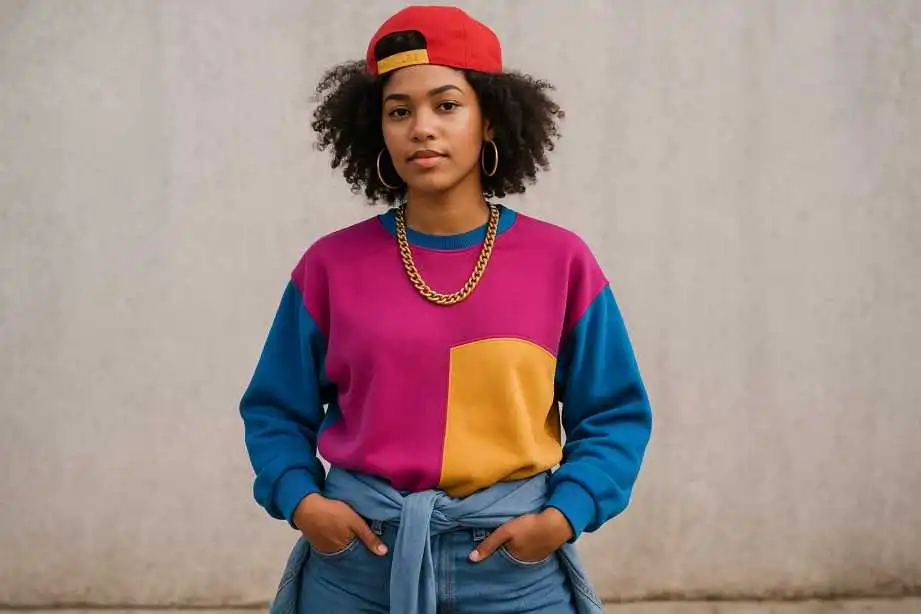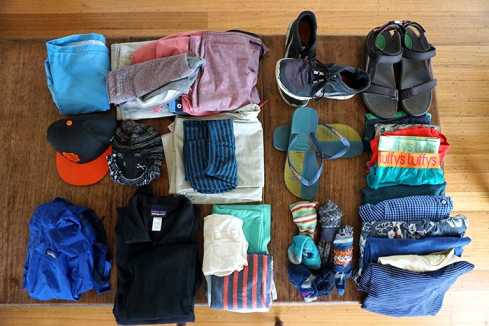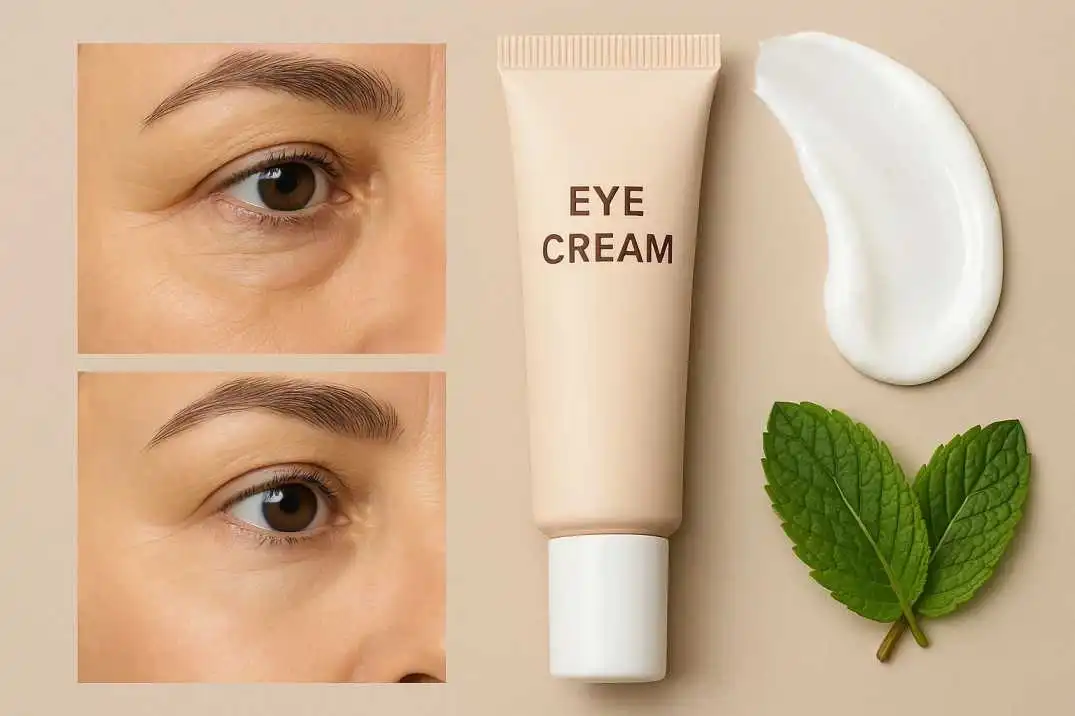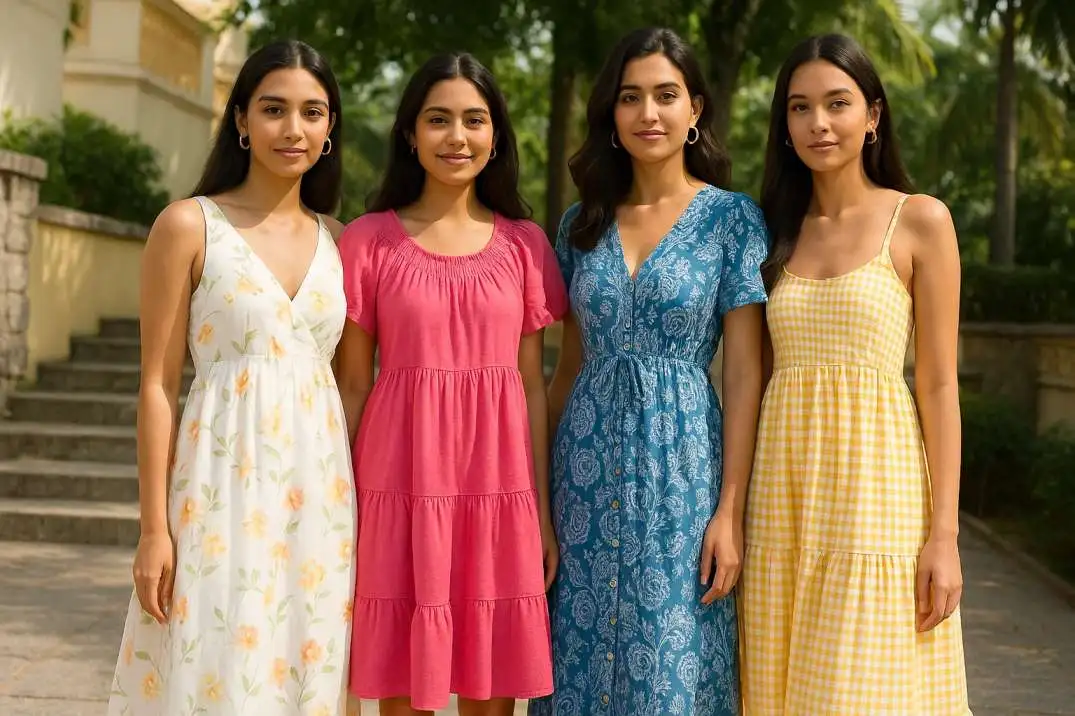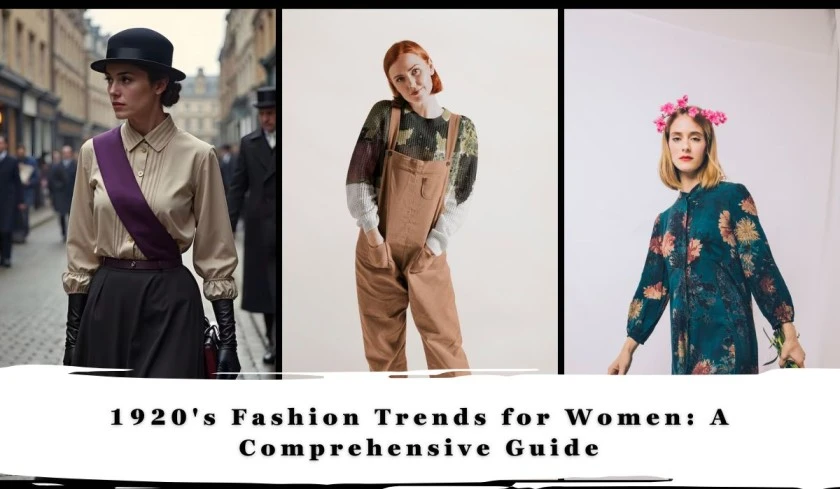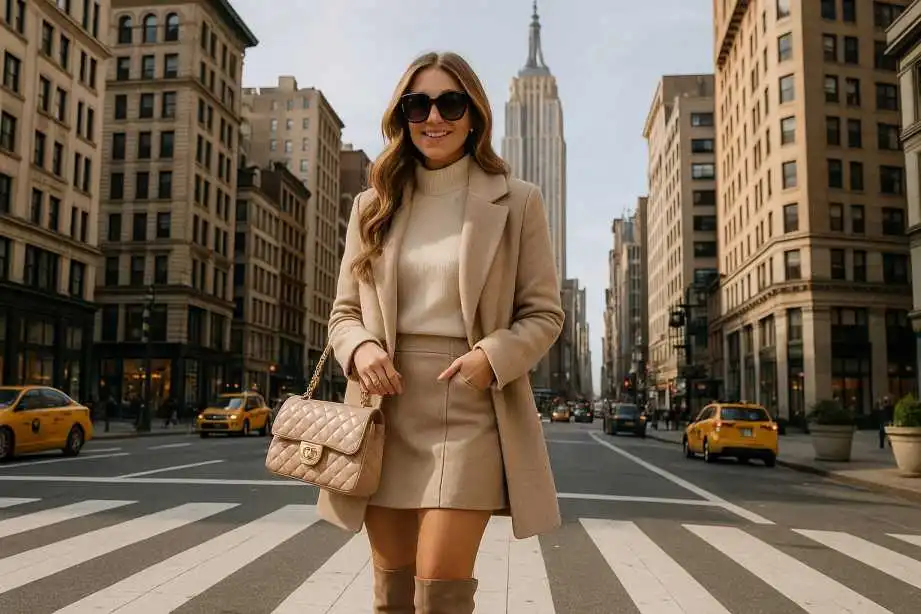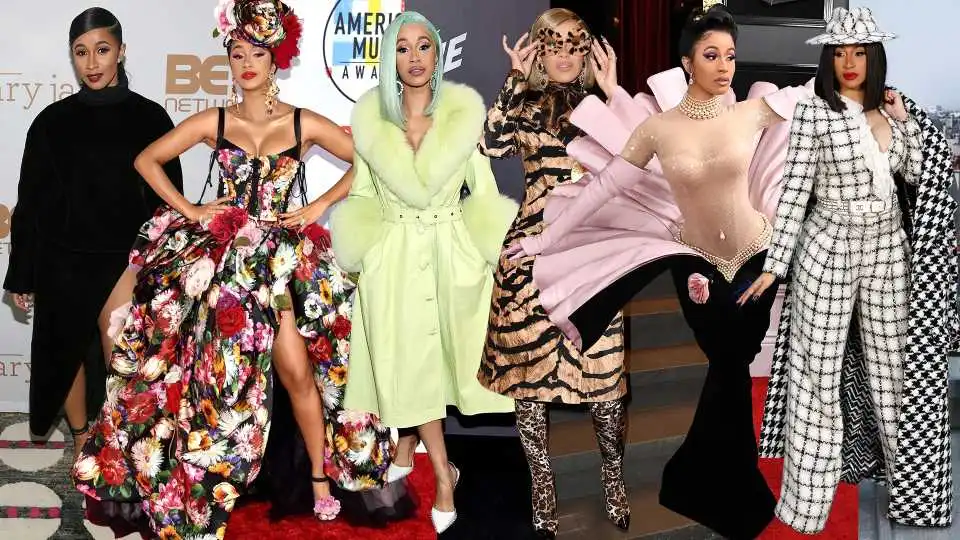"What goes around comes around" applies as much to patterns as it does to individuals. The design industry has a tendency to revisit past styles and reimagine them in a contemporary manner. What might have been seen as obsolete a fair few brief times a long time prior is presently on the disposition board of major originators and runways around the world.
In 2025, the most recent period to resurge has been immaculate 80s sentimentality, with striking, statement-making pieces that characterized that period coming in full force. From control suits with overstated shoulders to metallic textures that shine and sparkle, these looks are making waves on the runway, with a cutting-edge turn that feels new and brave.
Think larger-than-usual jackets reimagined in fluid silver, the restoration of the humble realistic tee, and metallic embellishments that take the appearance. Maximalism is, moreover, back in full constraint, with strong colors, dynamic designs, and layered surfaces overwhelming collections.
What Is the Best 1980s Women’s Fashion Trends Making a Comeback in 2025?
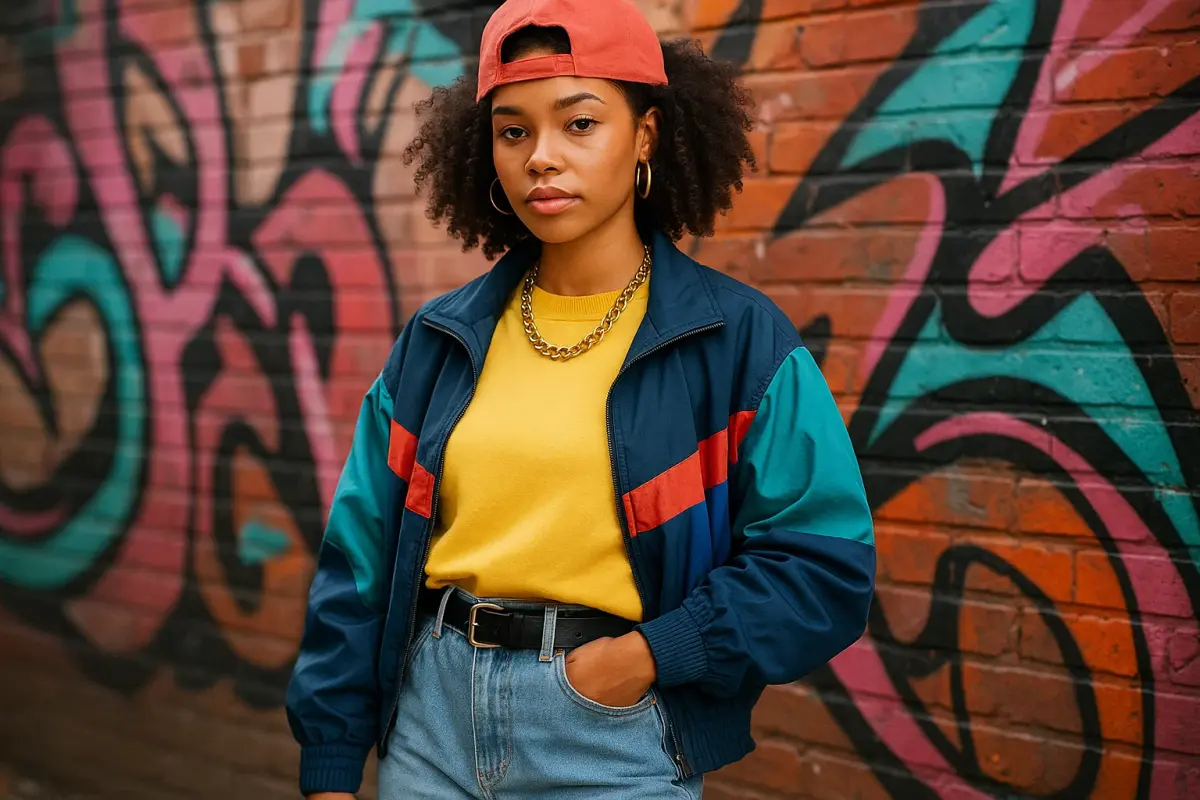
The best women's 80s fashion mold patterns making a comeback in 2025 are striking, expressive, and reimagined with an advanced turn. Driving the restoration are control shoulders—oversized jackets with organized cushions that extend certainty and specialist. This drift is combined with high-waisted pants and pants, which complement the figure and add vintage charm to modern wardrobes.
Read Also: How to Choose the Perfect Boho Style Wedding Dresses?
Neon colors and striking tints are returning, particularly in activewear and summer collections, reflecting the dynamic soul of the 80s. Sequins and metallics are trending once more, with gleaming dresses and explanation tops making a splash at parties and night events.
Chunky adornments like gold chains and larger-than-usual studs, another 80s staple, are once more must-haves, including glam for even the least difficult looks. In the meantime, peplum tops and ruched dresses have re-emerged with cleaner lines and more exquisite cuts.
The 80s slant resurgence in 2025 is not just nostalgic—it’s engaging. It combines the strength of the past with the cleanness of today’s fashion, making it culminate for fashion-forward ladies.
Whether you're dressing for the office, a casual day out, or a night on the town, these restored patterns offer a bounty of identity and energy. Read on for the four women's 80s hip-hop fashion patterns that are coming to take the highlight once more.
Top 4 Best 80s Womens Fashion Trends
1: Polka Dots
The once-beloved design, thought to be overlooked, has found its way back into the hearts of originators. Unconventional polka dots in all shapes and sizes were spotted at Carolina Herrera's spring/summer 2025 appearance, exhibiting a maximalist approach.
Over in Paris, Jacquemus made its amazing return by presenting smooth coats with the design in a more repressed way. Whereas the classic black-and-white combo appears to be progressively well known, Molly Goddard's fall/winter 2024 made the case for a more colorful palette, blending in shades of ruddy, pink, and purple for a more dynamic collection.
2: Metallic Drips
Metallics have continuously been the life of the party, and they're taking over once more on the runways, displaying striking and cutting-edge plans that honor their '80s roots. This season, creators have reinvigorated the metallic drift through a cluster of styles.
At the Armani Prive spring/summer 2025 couture appearance, fluid silvers gleamed nearby smooth, organized fittings. McQueen took a more avant-garde approach, utilizing hung metallics that felt associated with a modern-day armor style. In the interim, Fendi included a lively, however chic, turn by matching sheer metallic socks with metal embellishments and coordinating shoes, giving the drift a more streetwear-inspired edge.
3: Control Suits
The control suit, a trademark of the women's 80s fashion, is making a sensational comeback in 2025, with brands like Holy Person Laurent returning to its strong fitting and overstated outlines while including present-day turns.
In Coach’s Drop 2025 runway appearance, bear cushions were reintroduced with sharp coats. Additionally, on S/S '25 runways, metallic highlights were included that gave the formal clothing a cutting-edge edge. Dior's silver suits sparkled with smooth fitting, whereas Fendi matched metallic textures with mesh.
4: Realistic Tees
Remember when wearing a vintage realistic tee was seen as the coolest thing in the world? Well, it's back. Dsquared2’s fall/winter 2025 appearance grasped a shake band style, with models wearing bothered realistic tees combined with calfskin and denim for that easily tense vibe.
Loewe’s spring/summer 2025 collection took a more imaginative course, including notorious pieces by Van Gogh and Monet reimagined on flowy tees. And finally, Ella Emhoff made waves at Coach in a perky "I Heart NY" realistic tee. It’s clear—the realistic tee is back, and it’s chicer than ever.
What Is Women's 80s Hip Hop Fashion?
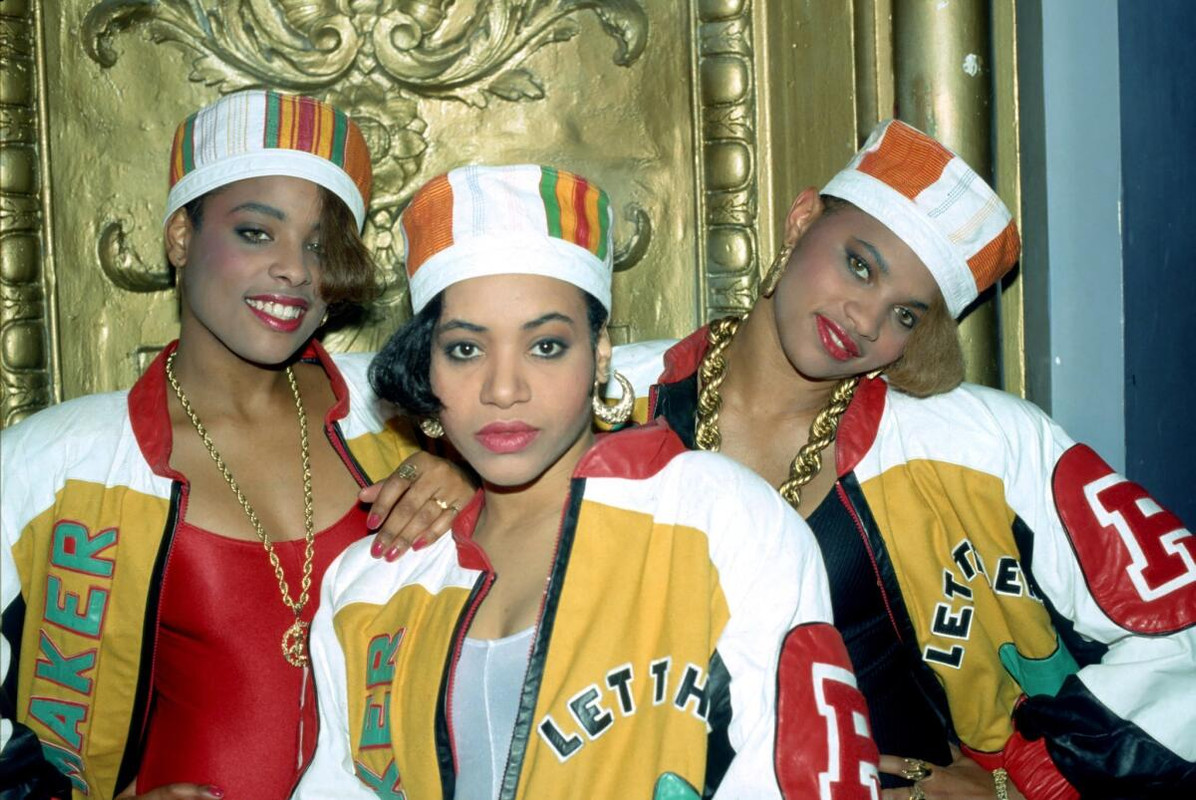
Hip-hop is not, as it were, a class of music, a frame of mind, or a way of dressing. Hip-hop is a culture. Developing inthe Bronx in modern New York City, the hip-hop way of life—with its music, DJing, moving, and spray painting—is given an elude from a heap of societal, financial, political, and social forces.
The roots of hip-hop go back to the 1970s, and the design reflected streetwear that kids in the Bronx as of now had in their ownership, like plain coats, tracksuits, and shoes with curiously large shoelaces.
Pumas, Chuck Taylors, and Pro-Keds ruled the sneaker scene. Loose clothing was huge, likely due to the ill-fitting nature of internal city hand-me-downs. The mold of the time mixed resourcefulness with streetwear. It was a blend and coordination of available clothing, dressing it up, and investigating modern ways to wear it with pride.
Half a century afterward, the hip-hop mold, in spite of the fact that it is certainly more standard, remains to a great extent the same. Casual activewear and tennis shoes still rule; think of later collaborations between hip-hop specialists and major sportswear brands. In any case, a modern time of hip-hop and tall design was introduced as hip-hop specialists picked up notoriety in the 21st century.
In a few ways, this has obscured the lines between what was considered classic hip-hop design and standard fashion nowadays, but hip-hop is a state of intellect. The individual wearing the dress makes them hip-hop, not the other way around. Hip-hop design, with its brazen state of mind, made it conceivable for you to wear and do what you want.
Who Begun Hip Hop Fashion?
Hip-hop mold was a portion of urban life some time recently when hip-hop started. As specialists began to gather more far-reaching consideration in the late 20th and early 21st centuries, the thought of hip-hop design got to be standard, but in reality, it brought a highlight to how youthful urbanites were as of now dressing.
Hip-hop as a culture started in the neighborhoods of the Bronx in New York City in the 1970s at house parties. Early DJs like DJ Kool Herc and Grandmaster Streak played breaks in soul and funk music that emphasized the drums and bass line, of which Kurtis Blow afterward let us know.
Related Article: Popular 1980s Mens Hair Fashion Trends in 2024
With modern party music, break moving was the beginning viewpoint of the culture to blow up. Rappers rapidly hopped into the blend to keep the swarms going all night.
Early illustrations of this party vibe incorporate Sugarhill Gang and 1980s modern New Orleans bounce music. In spite of the fact that hip-hop without a doubt finds its roots in road life and in a few ways, in spite of its stark differentiation from disco, certain viewpoints of disco affected it.
Major hip-hop craftsmen nowadays recognize DJ Hollywood of Harlem as the first musical rapper, indeed in spite of the fact that he rapped on disco tracks.
Aside from his unadulterated rap impact, another component of disco molded hip-hop culture: design. In the 1970s, individuals would dress their best to party at the disco clubs, and the youthful individuals of low-income neighborhoods received this attitude at peace parties.
As is the case with the music itself, there is not a single person or music gatherer that began hip-hop design. Or maybe each rapper and DJ brought his own fashion to the party.
As well as the move teams that wore distinctive clothing as regalia to recognize themselves from the competition. As is the case indeed nowadays, hip-hop fashion is based on a state of mind that rails against confinements and boundaries, much like the counterculture of the 1970s. The wearer makes his clothing hip-hop.
Early hip-hop bunches like Grandmaster Streak & the Angry Five and the Cold Smash Brothers grasped the showy side of disco with their mold, wearing over-the-top ensembles with knee-high boots for exhibitions. Melle Mel of the Furious Five concedes the group’s preposterous calfskin outfits cost $1,000 each, and a tailor worked on their looks.
Cold Pulverize was performed in full suits and mink coats. In the early 1980s, specialists supported by Russell Simmons, including Kurtis Blow and Run-DMC, showed up clean-cut in corduroy suits.
But the casual women's 80s fashion one sees nowadays was catapulted by Run-DMC when they exchanged their plaid sports coats for ordinary streetwear. Since the group is alluded to as the Beatles of hip-hop, it, as it were, makes sense that the signature hip-hop scene focuses back on them.
80s Hip-Hop Fashion
Run-DMC kept calfskin suits but, moreover, kept it genuine with their sense of design. They wore streetwear onstage, something unheard of by their hip-hop forerunners. The trio was the exemplification of the class; they broke all the rules in music and mold. And as a result, fans related to their clothing, complete with denim coats, dark bowl caps, and shell toe sneakers.
Alongside them, LL Cool J popularized B-Boy fashion with Kangol bucket caps, gold adornments, loose dress, and, most broadly, branded shoes. The “B” in B-Boy stands for break, and the term alludes to somebody who moves in the breaks of music.
Daniel “Dapper Dan” Day, an extravagance knockoff lord from Harlem, opened his atelier in 1982. His plans showed up on Huge Daddy Kane, LL Cool J, and Biz Markie. The tailor cut his way to the beat by joining haute couture names and outlines into streetwear.
His combination of Dark Unused York fashion and extravagance brands, in spite of the fact that it got him in legitimate inconvenience in the 90s, is still recognized as virtuoso nowadays, indeed by the exceptional houses that once found his advancements so hostile. The Gucci-Dapper Dan collection, formally supported by Gucci, was discharged in 2019.
Dapper Dan recognized that tall design was huge, indeed, in the Bronx, Brooklyn, Harlem, and Rulers. He was the first to begin with the creator who challenged putting the Louis Vuitton name on things like caps instead of on handbags. This was requested by his clients who needed the tall mold name on things more representative of their regular apparel.
Wearing haute couture was an image of statu and lesson; it appeared to fulfill one’s desires. Ralph Lauren Polo and Tommy Hilfiger picked up on this request and permitted free promotion without support, with the latter going as far as giving absent free things in low-income neighborhoods in modern New York.
90s Hip-Hop Fashion
Hip-hop design in the 1980s and neon women's 80s fashion were taken after in the differing strides of the past decade. Hip-hop moved through the standard quickly through TV and, in specific, MTV.
R&B bunches like Boyz II Men made hip-hop mold their possess, and MC Pound brought his infamous collection of mistresses (a.k.a. “hammer”) pants to the diversion. The Infamous B.I.G., one of hip-hop’s early mold specialists, presented Australian knitwear Coogi to the scene; shining and striking sweaters overwhelmed the streets.
Oversized white T-shirts, sportswear, and tennis shoes proceeded to serve as the standard for the hip-hop closet, with a deluge of puffy coats, Timberland work boots, wool shirts, and more denim in the shape of coats, pants, and overalls. In this blog, to know How Much Does Fashion Nova Pay Influencers?
Cross Colours, one of the first Black-owned hip-hop brands, started when its author took note of youthful men wearing pants four to five sizes too large. Going to New York from California, Carl Jones realized he seemed to cater to the request for loose denim. He began creating loose pants with smaller abdomens so that wearers may forgo huge belts. An estimate of 36 would fit a 32 waist.
Costume creators of Fresh Ruler of Bel-Air and “In Living Color” were eager to get their hands on Cross Colours plans. Jones and his colleagues single-handedly changed the advertising for youthful men from fitted to loose.
Dark specialists and celebrities like TLC, Snoop Dogg, Muhammad Ali, Jamie Foxx, Earvin "Magic" Johnson, and Stevie Wonder repped the brand. It made $100 million in its beginning, which was a long time ago.
FAQ's- 80s Womens Fashion Trends
What was women's design in the 80's?
From 1980 until 1983, prevalent women's adornments included lean belts, knee-high boots with thick cat heels, shoes, jam shoes (a modern drift at the time), donkeys, round-toed shoes and boots, jam bracelets (motivated by Madonna in 1983), shoes with thick heels, little, lean neckbands (with a assortment of materials.
What mold from the 1980's is well known once more today?
Think larger than usual jackets reimagined in fluid silver, the restoration of the humble realistic tee, and metallic embellishments that take the appear. Maximalism is too back in full constrain, with striking colors, dynamic designs, and layered surfaces overwhelming collections.
What hairdo was well known in the 80's?
Amongst ladies, expansive hair-dos, puffed-up styles, lasting waves, and milder cuts exemplified the decade. Huge hair that was "regularly permed to accomplish the craved volume" is particularly related with ladies of the mid 1980s as well as male rockstars of that period, particularly of the glam metal genre.
What color lipstick was prevalent in the 80's?
For lipstick, hot pink and fuschia were among the most well known tones of the decade—the more pigmented, the way better. Classic ruddy lipstick too delighted in a renaissance amid the 80s, much appreciated to a few of the era's most well known artists and tastemakers.
What does 80s cosmetics see like?
Vibrant eyeliners, neon eyeshadows, and coloured mascaras were utilized to make sensational, larger-than-life 80s eye cosmetics and lipstick colours like fuchsia, plum and bubblegum pink were lacquered onto the lips to make distinctive 80s mopes. Everything looked lifted and energetic in the 80s, particularly when it came to blush.
Who popularized enormous hair in the 80s?
In the mid-1980s, rising pop star Madonna donned huge hair when shot by Francesco Scavullo for Time. Before long, numerous ladies imitated her see, making her one of the most famous celebrities in 1980s mold.

